Normandy is a region in France that may not be well-known to most tourists, but is worth a visit. Located in the north of France, bordering the English Channel, it is a region that is rich in culture and history. For a complete experience, here are 5 places to see.
Bayeux
The tumultuous relations between the English and the French are the highlight of this charming medieval city. The Bayeux Museum is home to the famous Bayeux Tapestry, an impressive historic relic from the 11th century, telling the tale of William the Conqueror. The city also holds an important place in the history of the Second World War, with the Normandy landing beaches and several war museums. Take a stroll through the streets and sample the local cuisine, for Bayeux is no stranger to the renowned Normandy cheeses and cider.
Deauville
Stylish and sophisticated, Deauville will bring you back to the days of old-fashioned elegance. Famous for its cultural events (for example, the American Film Festival every year in September), it has something to do for everyone: art galleries, golf courses, horse-racing, polo, casinos and boutiques. Like all French cities, gastronomic restaurants can be found on every corner, bringing together traditional Normandy products and fresh seafood. The picturesque seaside promenade is also not to be missed.
Honfleur
Art and the sea are the elements that have helped shape Honfleur into what it is today. It is a maritime town, still operating today as both a sea and a river port; fishing boats, yachts and cruise ships are all part of the everyday hustle and bustle on the docks. Honfleur is an important feature of art history, as a major part of the Impressionist movement was formed here, at the Honfleur School, creating renowned artists such as Monet and Baudelaire. Various art and maritime museums are scattered around this seaside town with narrow buildings and exquisite gardens
Mont Saint Michel
One of the most well-known landmarks in Normandy, this tidal island is located just off the coast where the river Couesnon meets the sea. The island’s remarkable geographic features made it practically unconquerable. Accessible by foot during the low tide, it is completely surrounded by water during the high tide, though a bridge has been built to access the island. The ‘Grande Rue’, the main street with museums, shops, houses and restaurants dating back to the 16th century, leads up to the main staircase and a majestic 11th century fortified abbey and parish church. The walk down, on the stone stairs and amongst ramparts offers spectacular views of the surrounding bay.
Etretat
This coastal town bears the proof of the wonders of nature. The stone cliffs and majestic arches have been an inspiration to many artists and writers. Each has its own legend and story; from the famous ‘Aiguille’ (Needle) to the gigantic Manneporte Arch. The famous Brittany hiking path, the GR 21, passes through the town of Etretat. There is also a story about a lone survivor of a shipwreck who was found in a cave accessible only at the low tide. If you are not very keen on heights or nature, the town itself is worth a visit. Tourists can embark upon a literary adventure with Arsène Lupin, a character from a novel written by Maurice Leblanc and set in Etretat (English versions are available) or revel in the unique experience of playing golf on a cliff 150 feet above the sea.
Where to Stay
Rentals and homestays allow for a wholesome and unique experience. Why not see what it is like to live in a real French cottage in Normandy or on a farm?
For those who are looking for a more adventurous (or less expensive) feel, campsites are fairly popular; most offer furnished caravans for rent. You will find great offers on Camping and Co.
It is advisable to book as early as possible during peak seasons (especially school holidays and long weekends).

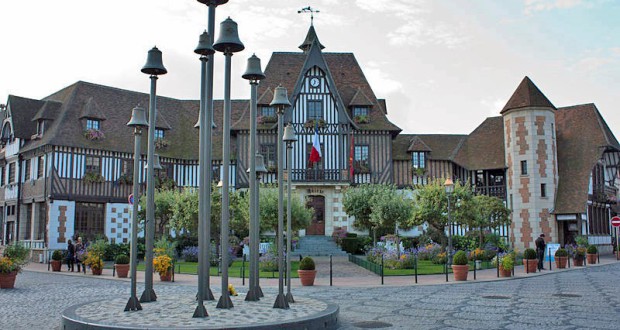
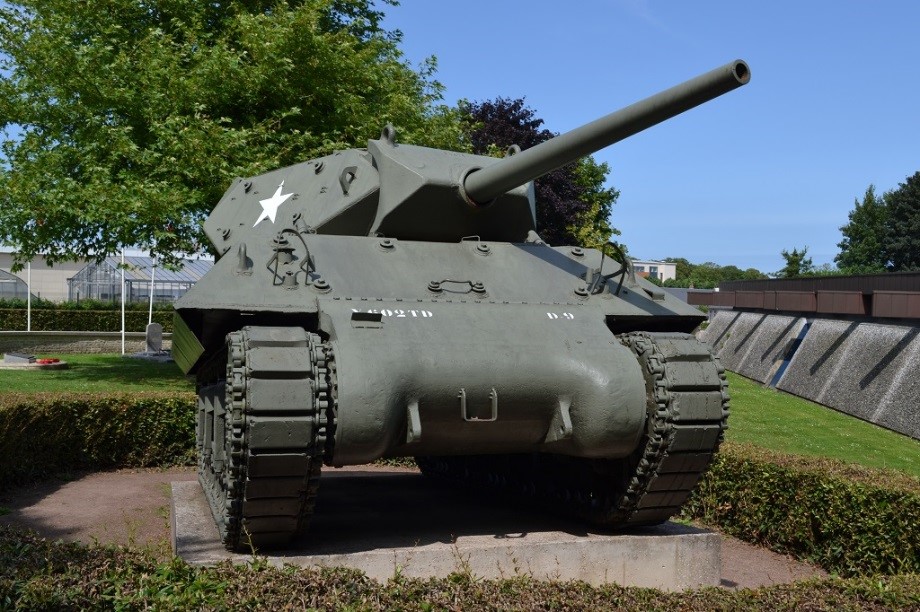
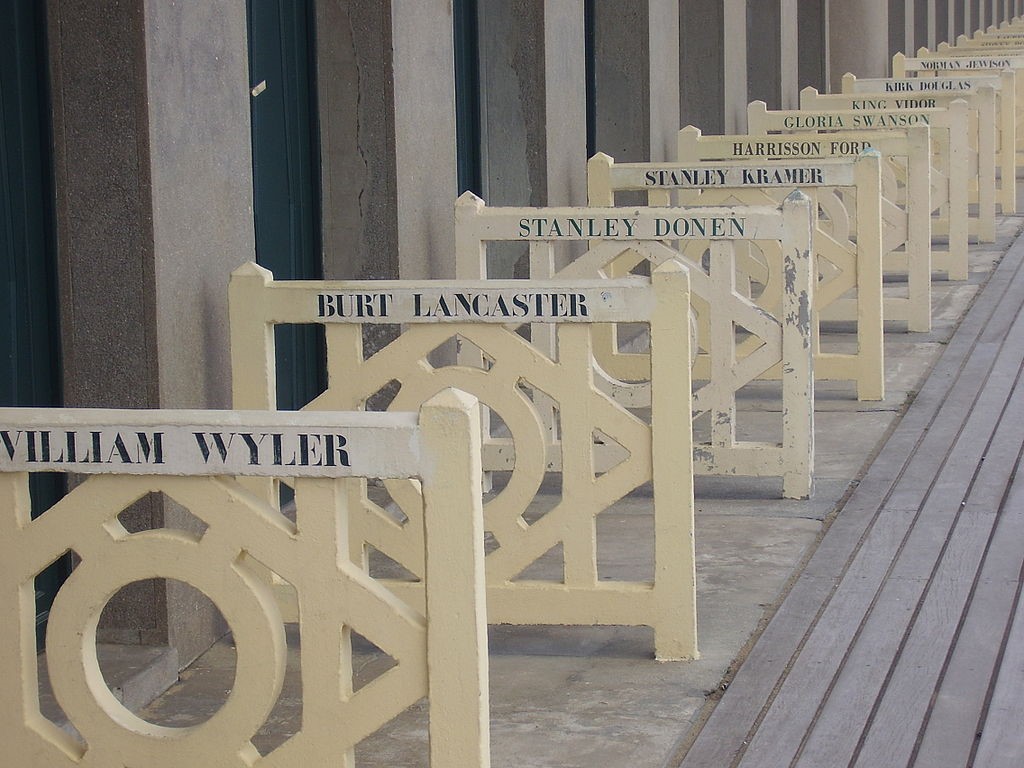
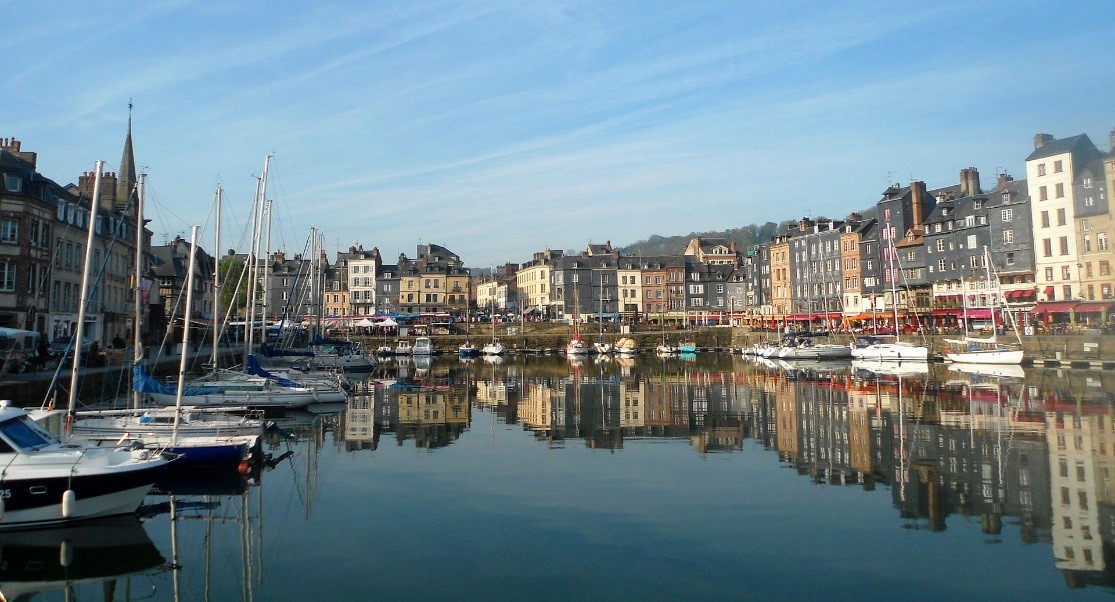
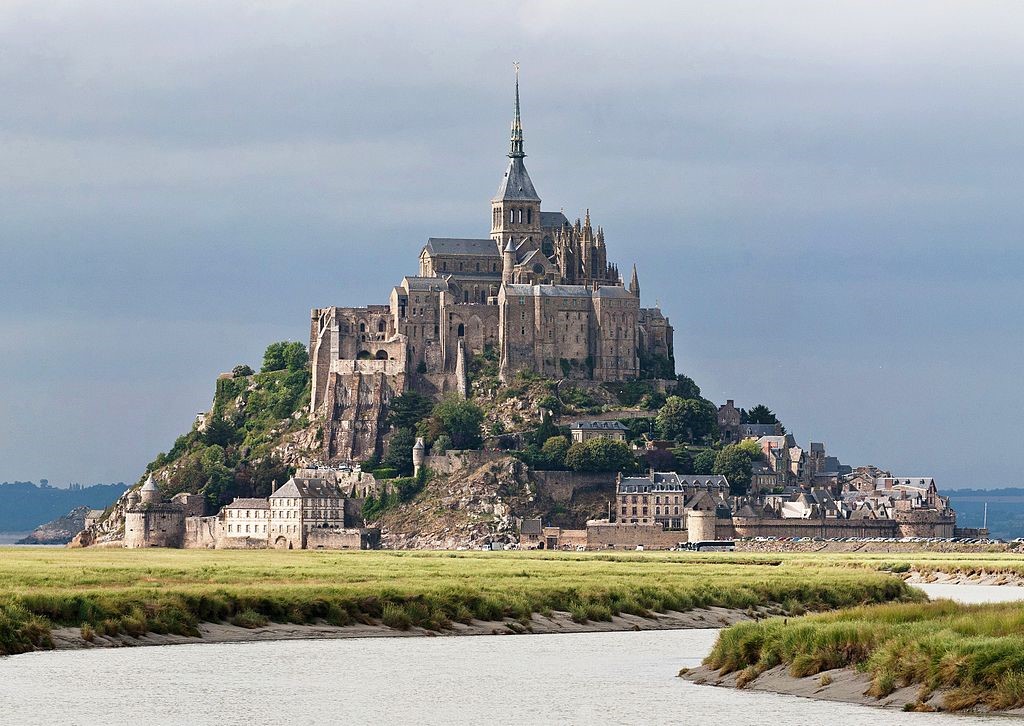
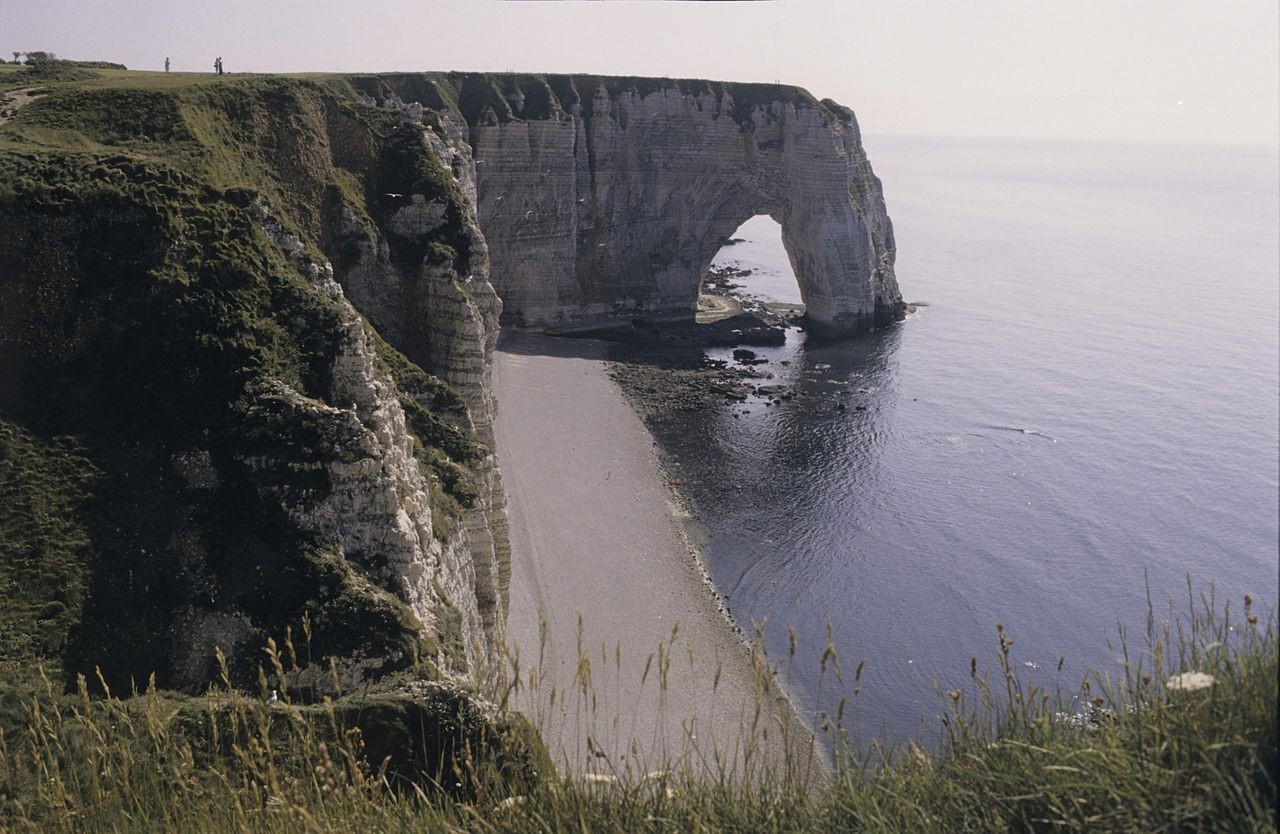
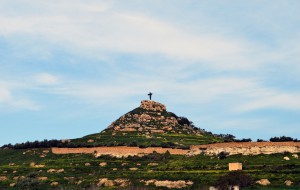

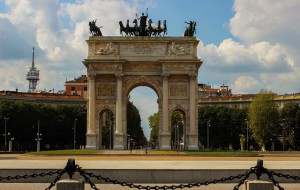
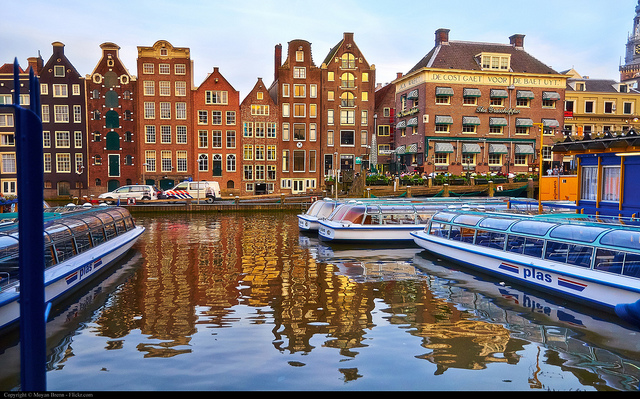
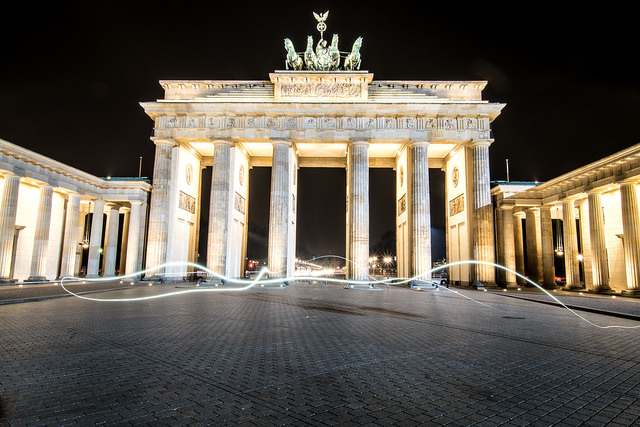
Comments are closed.